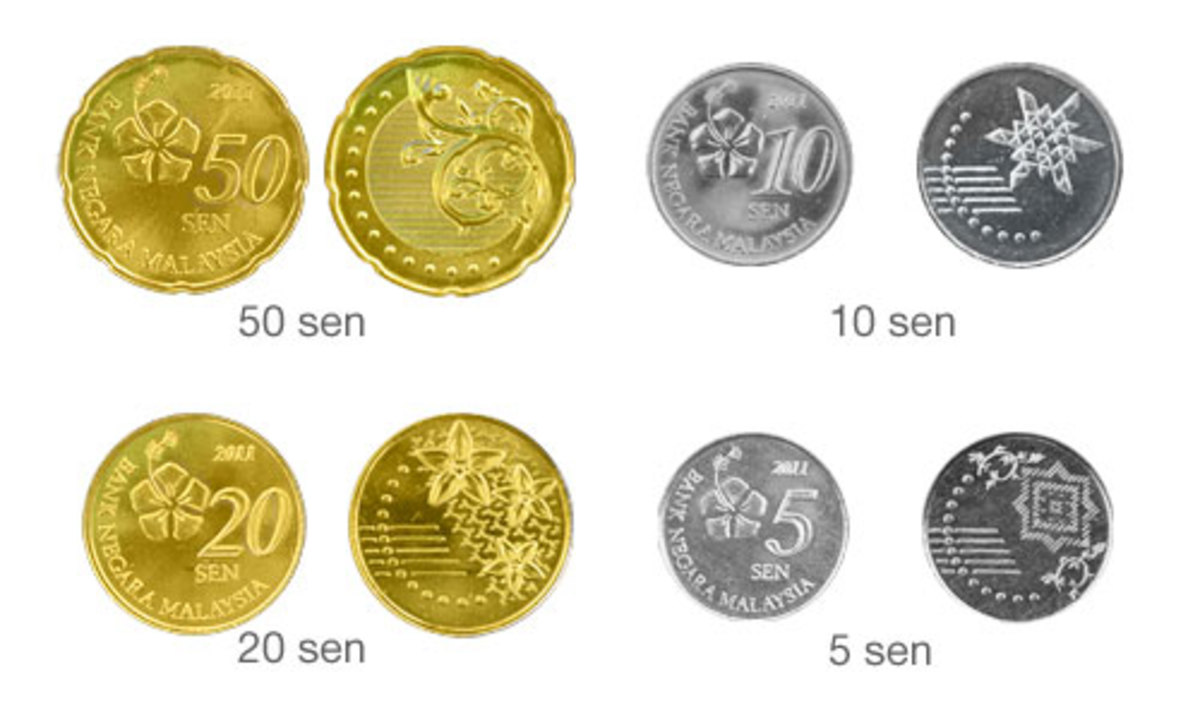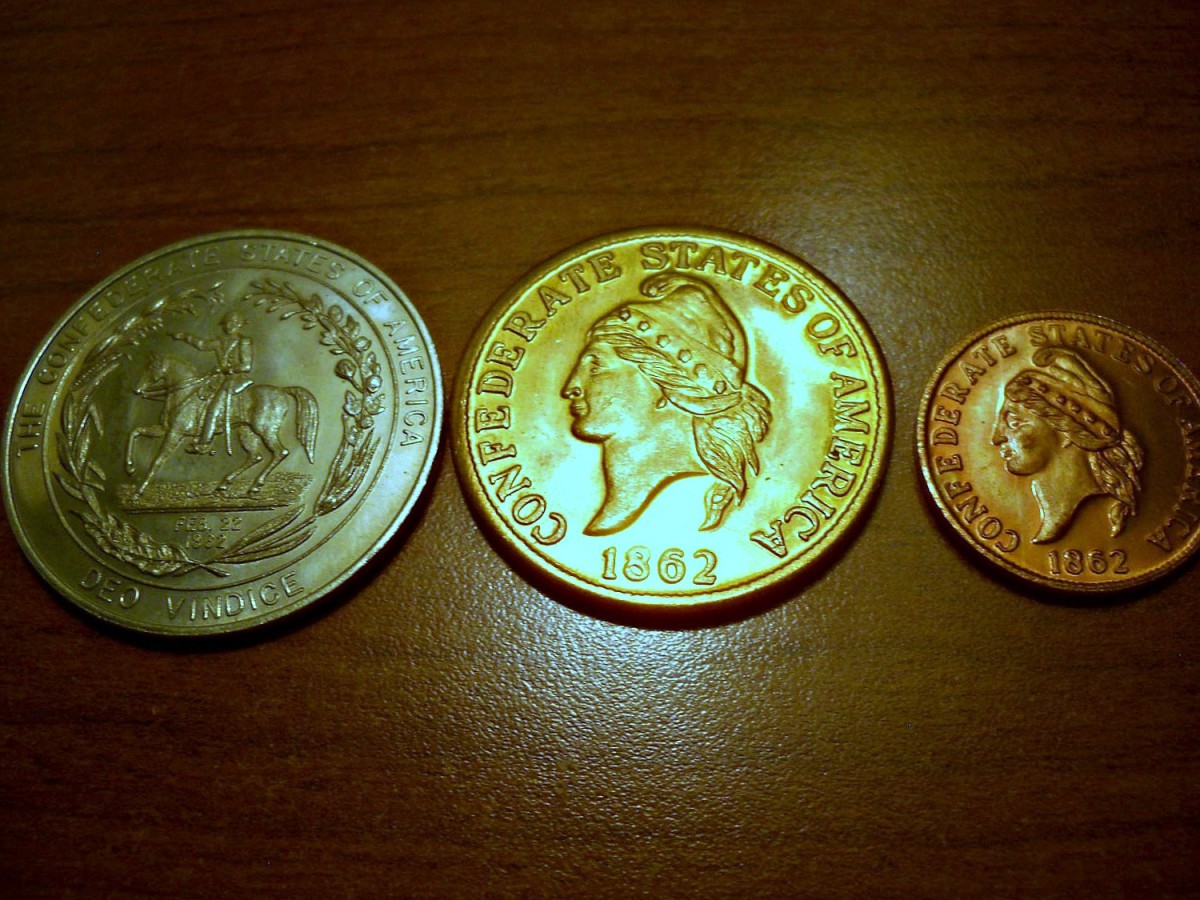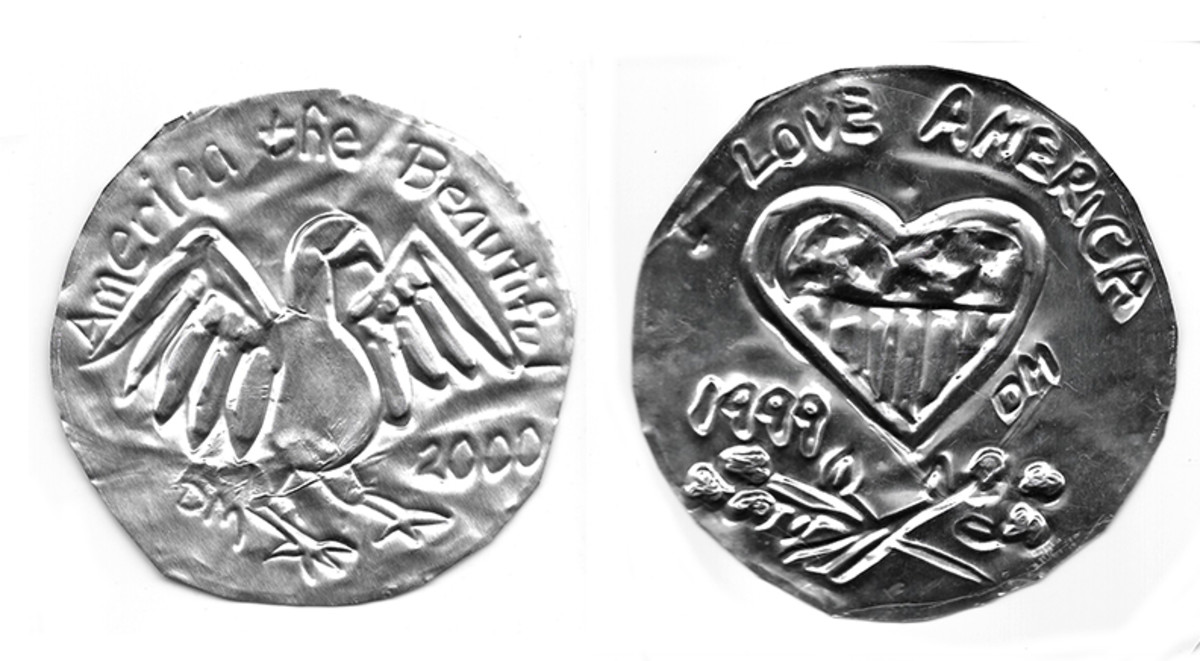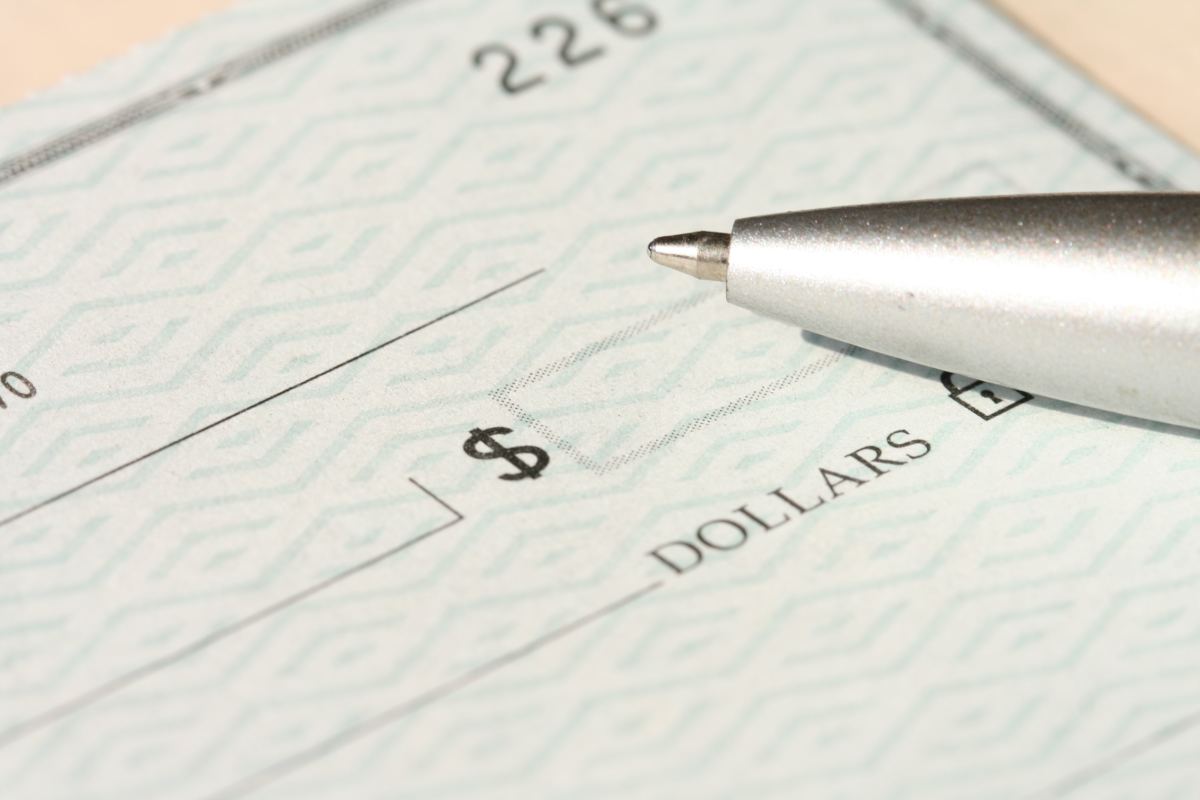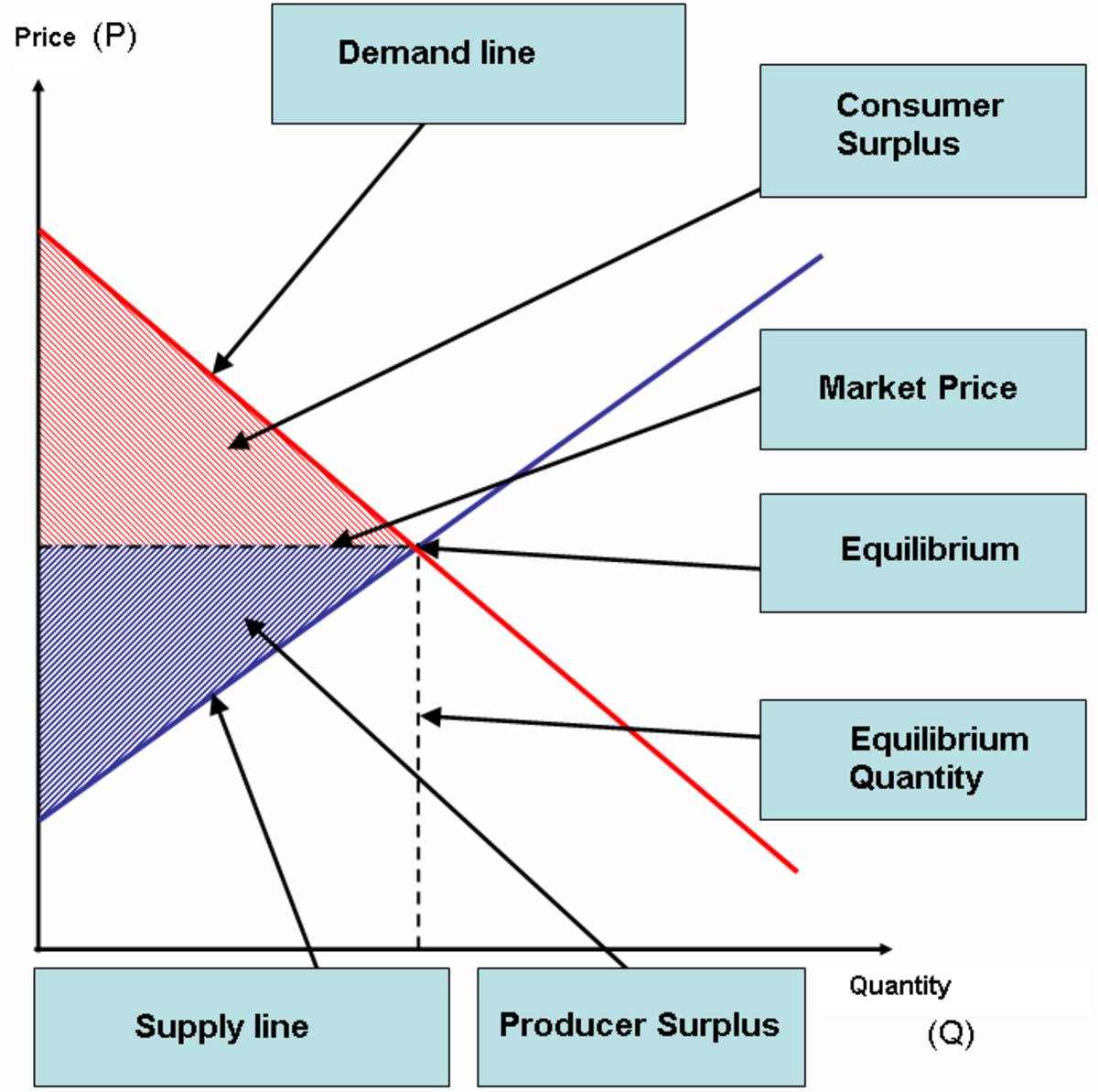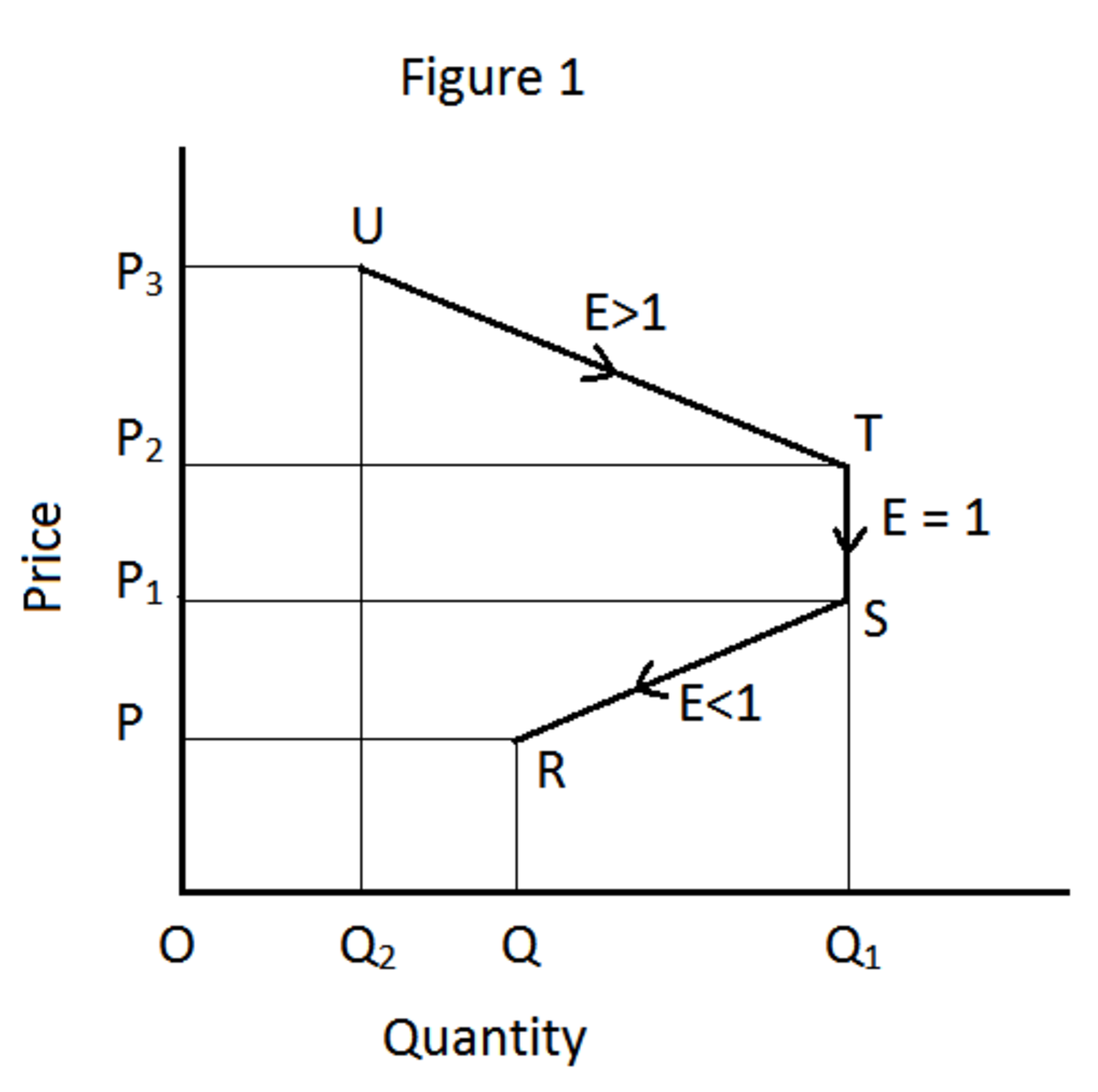Evolution of Money :: Insights
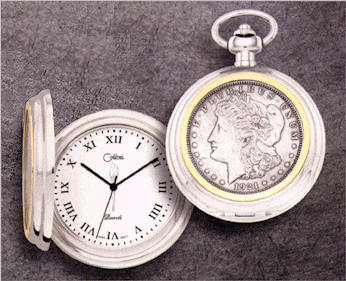

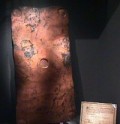
Coins, paper money, cheques, ATMs, etc. has evolved ever since they were invented. It is rather intriguing to see how many different forms of currency was invented and how much of it has evolved to date. Here's a selection of some of the most valuable types of currency and perhaps the ultimate dream of coin collectors.
Stater - The first coins
Coins made from gold and silver were used in Lydia, an ancient Middle eastern kingdom, in about 687-652 BC. the coins were known as staters (Greek: στατήρ, literally "weight").
Largest Coins
The Swedish 10-daler copper currency (10 dr km) had the highest value of the copper coins. Its weight was 19.7 kg (43.4 lb). It was rectangular and was the largest coin in the world. The 10 dr km was minted between 1644 and 1645. (dr = daler; km = copper currency or kopparmynt)

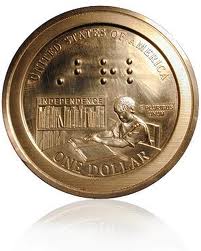
Smallest Coins
The silver quarter-jawa was made in Nepal in about 1740 and weighed only 0.002g. You would need half a million of them to equal a kilogram.
Avid coin collectors have also managed to get some early 1600s 10g coins into their collection.
Most Coins Made
Did you know that the US Mint makes more than 12 billion coins every year? And almost 7 billion of them are 1 cent coins. There are nearly 25 billion UK coins in circulation, worth a total of over £3 billion!
I also found a beautiful coin which represents the US Mint's first ever readable coin in Braille! (See picture)

Banknotes
China was the first to come out with the brilliant idea of making paper money in the 13th century. Later, the first European notes were made in Sweden in 1548. Banknotes were issued in America in 1690 and in England in 1695.

Largest Banknotes
In a study of the great empires of around 1500 - the threshold of the modern era, there is a surviving example of some of the world's first paper bank notes - what the people in the Ming Dynasty China called "flying cash". While the rest of the world happily traded in coins that had an actual value in silver and gold, the Chinese risked the use of paper. This particular surviving note was made on mulberry bark and is much bigger (340 x 221 mm) than the notes of today and is dated 1375.
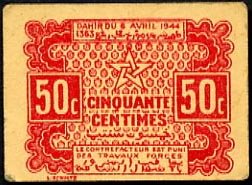

Smallest Banknotes
There is a debate on which is the world's smallest banknote...
-
The Morroco 50 centimes measuring at 41mm x 32mm. Morocco issued postage size 50 Centimes, 1 Franc and 2 Francs cardboard notes as temporary substitutes for coins. The banknote is in red color and issued in 1944.
-
Guinness Worlds Records 2008 put this Romania 10 bani issued by Romania ministry of finance issued in 1917 as the worlds smallest national currency. Romania 10 bani banknote printed area measured 27.5 mm x 38 mm. The banknote color is green and you can see the year issued with the word Romania.

Cheques
Recently, I stumbled upon a funny FB status: 'I would rather check my facebook than face my checkbook!!' LOL...Happens to most of us!
The first cheque was issued in London on 16 February 1659; or 16 February 1660 by today's calender according to the Julian-Georgian calender switchover-change-of-dates influence. It was written by Nicholas Vanacker to a Mr Delboe for £400, about £45,000 by today’s standards. The bank was Clayton & Morris. The original cheque was sold for £1,300 at Sotheby's, London in 1976.

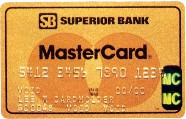

Credit Cards
So where did all the pretty cards in your wallets come from? Lets have a look:
- In 1949 Frank X. McNamara decided to treat some friends to dinner at Major's Cabin Grill in New York City. When it came time to pay the bill Frank noticed he forgot to bring his wallet, but instead of washing dishes, forced his wife to drive over to bring him the money. Needless to say Frank was quite embarrassed and vowed it would never happen again and Diners Club, the world's first credit card was born in 1950. The first of these cards, made of cardboard, were given out in 1950 to about 2,000 people and were accepted by 14 restaurants in New York.
- In 1983 MasterCard International, Inc. became the first to use hologram technology in bank card security. The 2-channel holograms were the widest distribution of holography in the world at that time. (see picture)
- Smart cards (cards with built-in microchips) was invented and patented by Roland Moreno in France in March, 1975.

Travellers' cheques
In April 1891 Marcellas Berry an employee of American Express invented the world's first Travelers' Cheque. Since then, American Express has become the biggest travels cheques issuing unit and is the majority among all travelers' cheques.

ATM
The world's first ATM (Automated Teller Machine, or cashpoint) began operation on 27 June 1967 at Barclays Bank, Enfield, London. The Machines were invented by John Shepherd-Barron.
Shepherd-Barron’s machines predated the plastic card & magnetic strip. Instead, the machines used special cheques impregnated with carbon-14, which was detached & matched again the Personal Identification Number (PIN) entered on the keypad. Another interesting fact is that he had dismissed the idea of PIN numbers with six digits when his wife said she wouldn’t be able to remember them. So that is why we have four digit PINs – it was the longest string of numbers his wife could remember easily!

